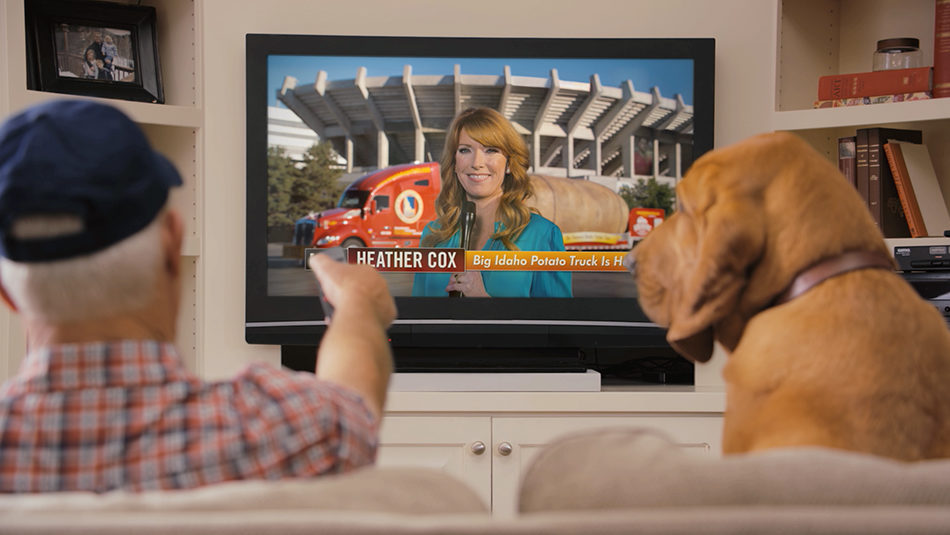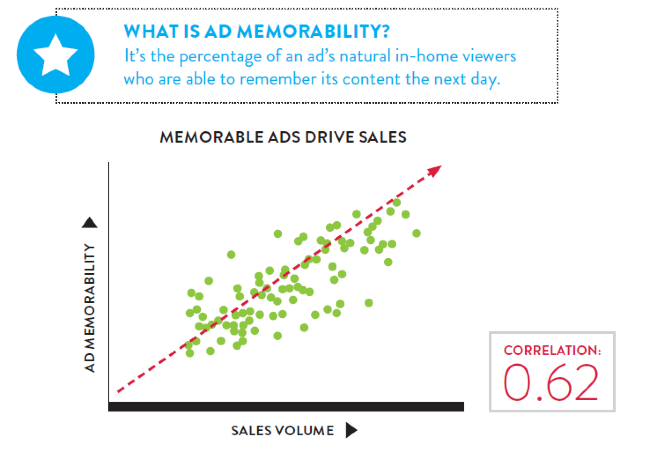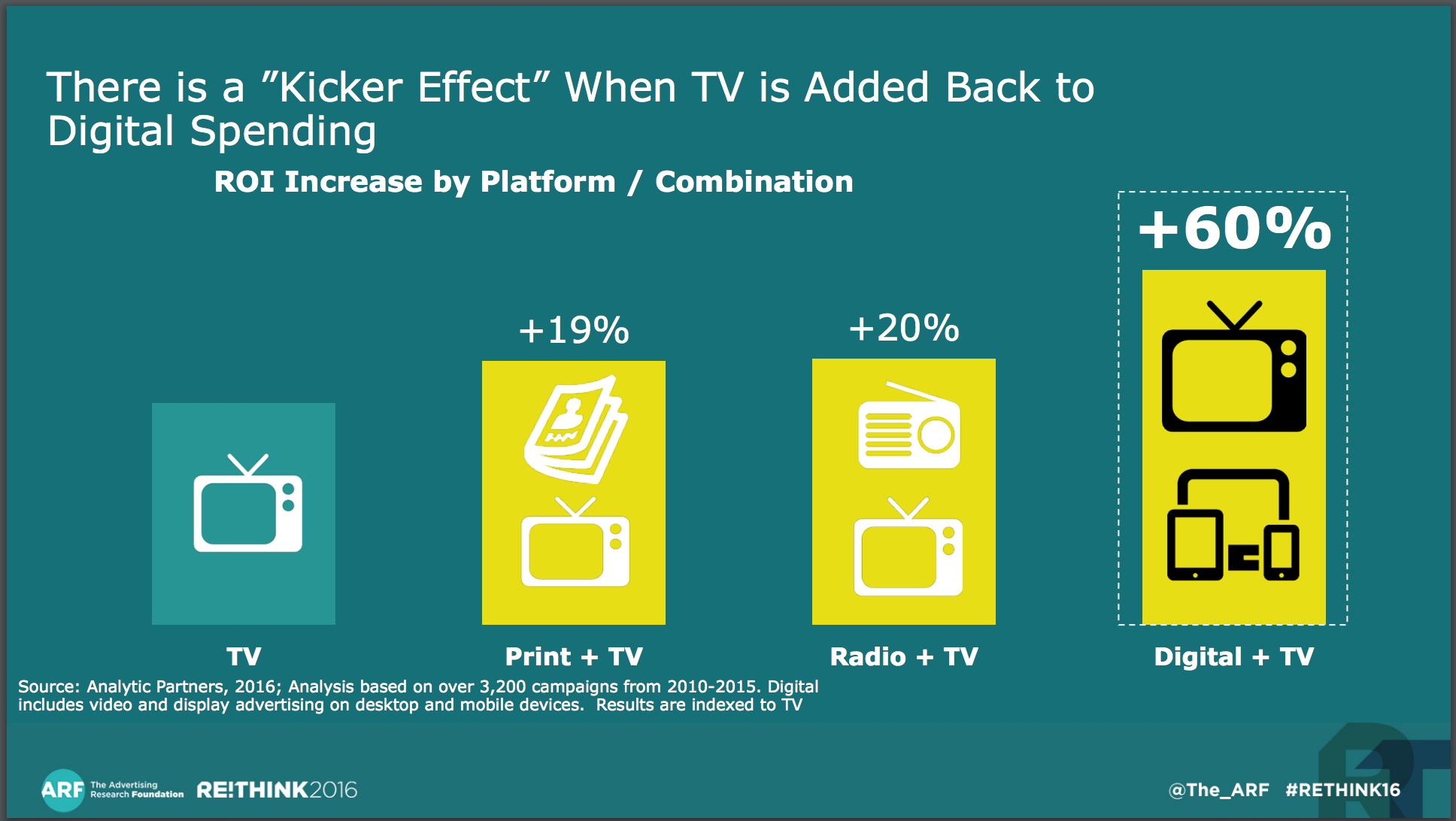
TV Ads Still the Most Powerful Medium for Building Food Brands
In 2017, for the first time ever, digital media spending is expected to overtake TV advertising: businesses around the world will spend more in internet advertising than television. According to eMarketer, in the US, TV’s share will be at 35.8% of Total Media Ad spend and Digital at 38.4%.
So it may come as a surprise that some of the most successful internet brands, like Facebook, Google, and Netflix, spend 60% or more of their ad budgets on TV.
Did you notice on the 2017 broadcast of the Oscars, Google had a noticeable presence? And a natural tie-in with the movie Lion? ABC sold out of their Oscar times at $2 million per 30 second spot.
Why? Because television is still the most powerful medium for brand building. And memorable brands are trusted and sell product. SVP Global Brand Marketing and Communications at American Express, Rich Lehrfeld, agrees:
Think of the most iconic food brands you know: Coca-Cola, Frosted Flakes (Tony the Tiger), Green Giant, etc. Can you remember their television advertising? Of course you can. Their powerful commercial messaging touches emotional senses in consumers. This drives memorability, sales, and long-term brand equity. Still, keep in mind that the ad must efficiently reach the targeted consumers, break through the clutter, and tie back to the advertised brand or product. Successful brands do it well and deliver high ROI.

The More Memorable the Ad, the Stronger the Sales
According to a Nielsen TV effectiveness study, memorable ads result in stronger sales. The chart below illustrates the correlation between ad memorability and sales volume. A correlation of 0.62, close to 100% is a positive relationship between memorability and sales.

Not Just the Mega-Brands with Mega Media Budgets
And it’s not just the big ad spenders. At EH+Y, we have created successful television campaigns for our food brand clients at various budget levels.
The Idaho Potato brand is well-recognized, and not just among commodity brands. The reason for that is more than a great product. It’s that they’ve been an active television advertiser for years and continue integrated campaigns inclusive of television.
In case you’re wondering, despite thousands of reported sightings around the country, the Idaho Potato Farmer has not yet found the giant Idaho Potato Truck.
California Walnuts had not previously tested television. When we launched the new campaign, there was an immediate response to the advertising with a surge in visits to their website. During the first month of the campaign, web traffic increased by 286%. There was an expected decrease in traffic in March after the television schedule ended, but traffic still continued to be significantly higher than the prior year.
People Still Watch TV, No Matter What They tell you!
All these brands were built on — and are sustained today by — television. Because people still watch and get involved with television advertising, no matter what they say.
But does television do more than build great brands? Does it actually sell product? Direct Response advertisers depend on immediate engagement and an actual purchase action when their commercials run.
This past holiday season, the hottest item in the neighborhood was the Star Shower Motion, a laser light projection system with thousands of dual-color laser stars that creates a shimmering pattern against the house front from a light-stake in the ground. How does one such item become popular everywhere? It starts with television advertising that drives e-commerce.
I was also the grateful recipient of a lovely Red Copper Chef pan you only see on DRTV. It came from a friend who frequently assures me that he “doesn’t watch tv.”
Combo of TV and Digital Delivers as Much as 60% Better ROI
As media professionals, we know it isn’t a simple choice between television and digital, because they work beautifully together. For food, wine, restaurant, and casino brands, we plan integrated media campaigns with multiple touchpoints and targeted consumer channels, whether traditional or non-traditional media, in order to deliver on goals and category-specific KPI’s.

Based on an Advertising Research Foundation study of global campaign data, the more platforms, the more effective (increasing ROI). The combination of digital and television was the most compelling media combination, delivering as much as 60% better ROI than other media blends. Additionally, about 75% of the impact of a campaign is generated by the creative, with synergy across platforms being the most effective.
There is no question that online and the social platforms Facebook, Snap, Instagram, and streaming channels are important assets to your marketing communications plan. But when it comes to building your food brand and delivering high reach to the target market, the addition of TV is still the most powerful medium for brand building and delivering sales results.
Additional resources:
What Advertisers Need to Know About How People Discover Videos and New Shows
This article originally appeared in SmartBrief: Why TV is still powerful for building food brands





